Tea, Cha or Chai : The Etymology of Tea – Why English call it Tea, Chinese call it Cha and Indians call it Chai!
- From Armenian to Afrikaans, from Finnish to French and from Swedish to Sudanese, it is called te, te´, the´, tee, thee or simply tea.
- From Chinese to Cebuano, from Korean to Kannada and from Portuguese to Punjabi, it is called ch’a, chā, ça, tsá, sa or just cha.
- From Bosnian to Bulgarian, from Czech to Chechen and from Georgian to Greek, it is called čaj, çaj, çay, çay tsái or chai.
- How did the original Chinese Ch’a become Indian Chai and English Tea?
The etymology of tea is as interesting as its origin and history, and as intriguing complex as its character and flavor. Read on as we trace how tea traveled from China to the world, and how the route it took changed its pronunciation from cha to chai to tea!
Prior to the 8th century, there was no dedicated word or character for tea. Because it was part tea was part of a larger group of herbs and plants that were consumed largely for medicinal purposes. This group was collectively known as tu 荼 – bitter plant.
It was only during the time of the Tang Dynasty in the late 8th century that Tao Lu Yu wrote the crowning work on tea called the Cha Ching or The Tea Classic. In this, he gave tea its own character – 茶. This character evolved from the earlier version of tu 荼, but did away with one horizontal stroke.
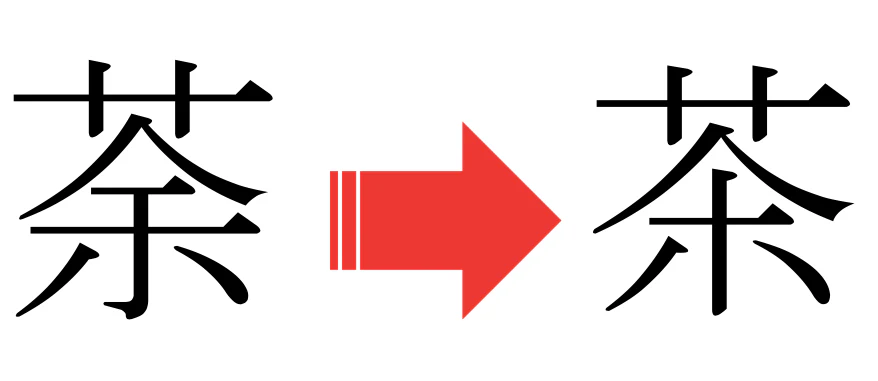
As drinking of tea gained popularity all over China, the use of the character 茶 became more widespread. Being the large country that it is, China has diverse dialects that are specific to regions and provinces. As a result, even though茶was written in the same way, it was pronounced differently in different Chinese dialects. For example, in the Guangdong Province, it was pronounced cha, in Shantou it was pronounced te, while in the Fujian Province it was pronounced as ta. In the Northern part of China along the banks of the river Yangtze, it was as zhou as well as cha.
In the major Cantonese dialect as well as the Mandarin dialect, 茶 is pronounced as ch’a. Ch’a is also used to describe the first flush harvest of tea. In the Amoy Min Nan dialect spoken in and around the port of Xiamen (Amoy), 茶is pronounced as tê and is believed to have originated from the older name tu.
From China to the World… Different Routes, Different Pronunciations
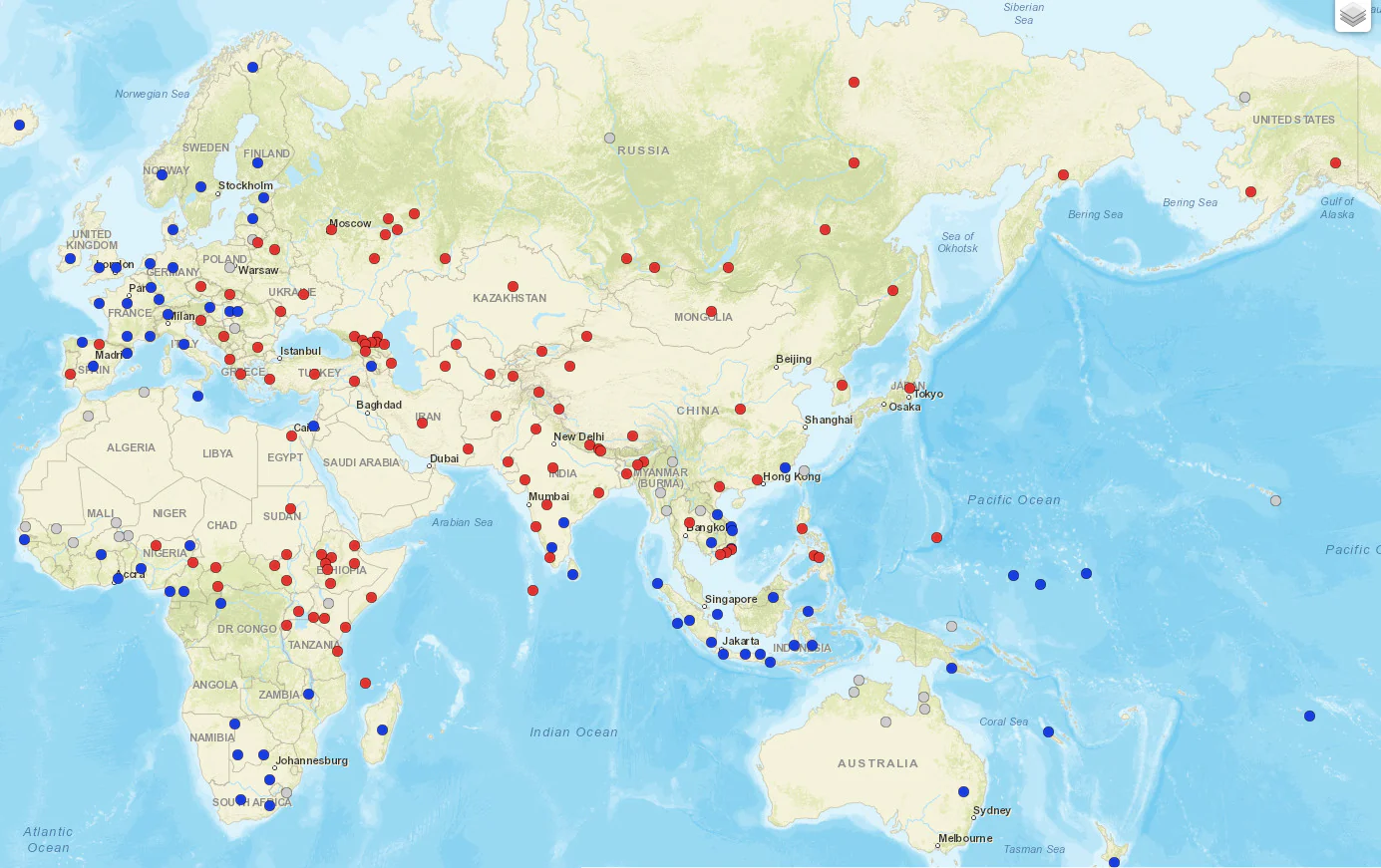
As tea traveled from China to different parts of the world, the form of its name and pronunciation entered each language depending on the route it traveled by. In Russia, India, Japan and the Arab countries, because tea traveled via land routes, the Mandarin word ch’a was used. When tea traveled to Europe, it was mainly traded by the Dutch through the port of Amoy where the Amoy word te was pronounced as tay. The Dutch changed it to thee which became known as tea or tee in English, the in French, thee in German and te in Italian, Spanish, Hungarian!
How Te became Tee, Thee and Tea

How Ch’a became Tsa, Sa and Cha
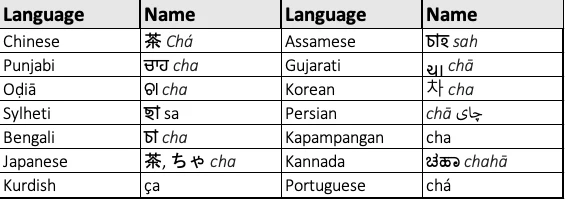
Another fascinating version of tea is chai. It is thought that chai evolved from the Persian chay. As tea reached from Northern China to Persia via Central Asia via the Silk Route, the suffix yi was added to cha. When tea traveled from Persia and Central Asia to Russia, Arabia and Turkey, it went as chai. In India, tea is called chai in Hindi due to the strong influence of the Persian language.
How Ch’a became Chay, Shai and Chai
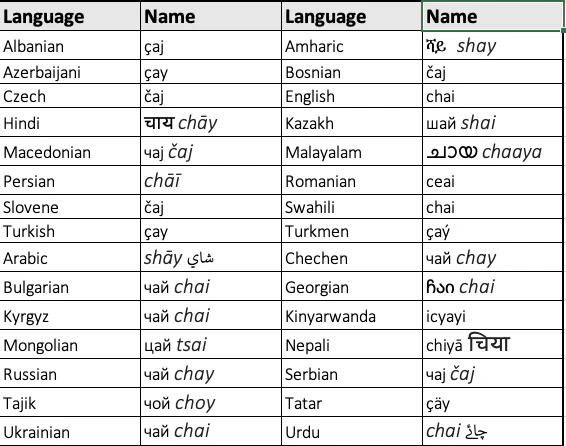
Today, in more than 56 languages and many more local dialects all over the world, tea or thee, cha or chai and its many, many derivatives mean only one thing: the cup that cheers!
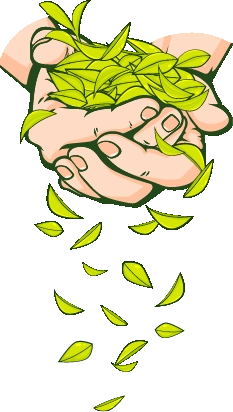
Tea is a religion in the art of life.

